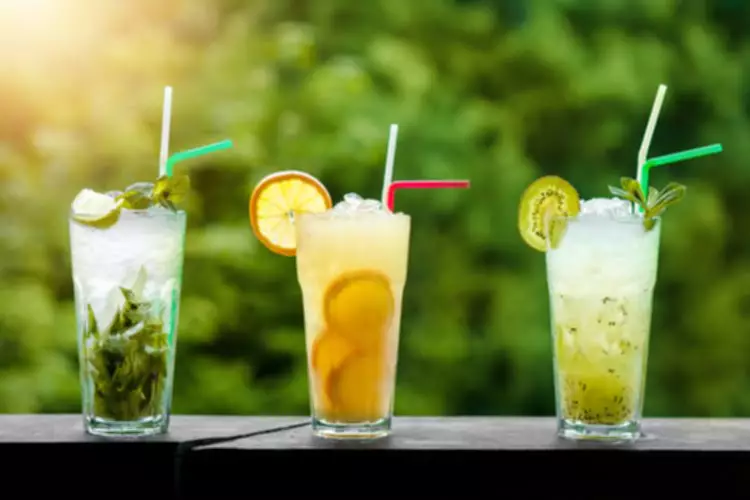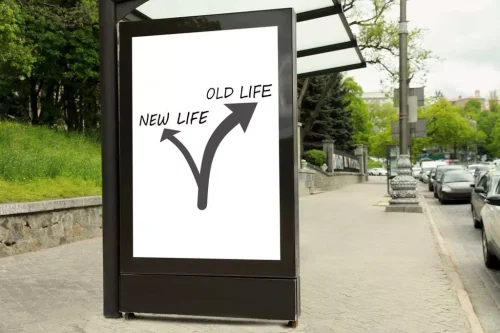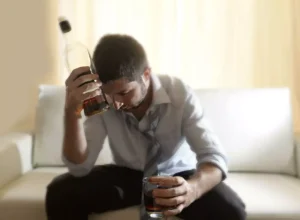
Participants drank their beverages together over a 36-min period (the free interaction period). The drinking session was recorded using a digital video control system. Following drinking, participants completed a self-reported social bonding measure. Each frame (1/30th of a second) of the interaction was manually evaluated by FACS-certified coders blind to experimental condition for relevant facial action units (more than 30-million frames of video were coded).
Does Treatment Work?
Because denial is common, you may feel like you don’t have a problem with drinking. You might not recognize how much you drink or how many problems in your life are related to alcohol use. Listen social drinking and drinking problem to relatives, friends or co-workers when they ask you to examine your drinking habits or to seek help. Consider talking with someone who has had a problem with drinking but has stopped.

Emotional and Mental Health Problems
As can be seen, none of the moderators (i.e. age group, study quality, and differing solitary drinking definitions) were significant. Although being a social drinker is accepted in society, it’s easy to slip into alcohol dependence over time. If you’re unable to stop drinking on your own, there is help available. Some mental health issues like anxiety and depression can lead to alcoholism. People may use alcohol as a way to numb their emotions or escape from mental health symptoms. Social drinking is often considered “low-risk drinking.” This level of alcohol consumption involves drinking fewer than seven drinks a week and no more than three drinks a day for women.
Support Groups
Along with inadequate sample sizes, insensitive measures of personality, and questionable methods for studying alcohol’s acute effects (see Sher & Wood, 2005), the absence of a social context in some of these studies may have contributed to these findings. In critiquing the extant TRT literature, Wilson observed that much of the research to date had ignored cognitive expectancy factors. The cognitive revolution that swept across psychology in the 1970s had begun to influence psychopathology research, including addiction (see Sayette, 1999b; Tiffany, 1991; Wilson, 1987a). Along with Marlatt (e.g., Marlatt, 1976; 1978), Wilson argued that one’s beliefs about the effects of alcohol, developed over time through both direct and vicarious experiences, materially influenced the impact of drinking on anxiety.

These instances aren’t necessarily an issue, but it’s important to know if your drinking is under control or heading into dangerous territory. Knowing the difference can help you evaluate your drinking and make changes before you develop an alcohol addiction. Unhealthy alcohol use can be harmful physically, emotionally and economically. 8At high doses https://ecosoberhouse.com/ of alcohol, there is some evidence that alcohol may have a direct stress response dampening effect (see Curtin & Lang, 2007). Certain medications have been shown to effectively help people stop or reduce their drinking and avoid a return to drinking. Brief Interventions are short, one-on-one or small-group counseling sessions that are time limited.

If you truly believe that you don’t have a problem, you shouldn’t have a reason to cover up your drinking or make excuses. If someone has been binge drinking and is an unconscious or semiconscious state, their breathing is slow, their skin clammy, and there’s a powerful odor of alcohol, they may have alcohol poisoning. Other indication that you may have a binge-drinking problem include drinking excessively at weekends, holidays, and special occasions, frequently drinking more than you planned, and often forgetting what you said or did while drinking. Binge drinking is defined as drinking so much that your blood alcohol level reaches the legal limit of intoxication within a couple of hours. For men, that means consuming five or more drinks within about two hours, and for women, four or more drinks within a similar period. These levels can be easy to hit if you sink shots, play drinking games, drink cocktails containing multiple servings of alcohol, or otherwise lose track of your intake.
- Additionally, among university students, frequency of solitary drinking at the beginning of first semester predicted increased harmful drinking at the end of first semester, and solitary drinking mediated the link between increased NA and harmful drinking [54].
- You will want to understand what will be asked of you in order to decide what treatment best suits your needs.
- Instead of drinking as a social activity, problem drinkers spend a lot of time drinking alone.
- For men, that means consuming five or more drinks within about two hours, and for women, four or more drinks within a similar period.
- This is, as I mentioned before, essentially the Ozempic for problem drinkers, and hardly anyone knows about it.
- Finally, understanding the benefits of social drinking and its risks may help emphasize the need for responsible social drinking.
- By clicking “Submit,” you certify that you have provided your legal name and phone number, agree to the terms and conditions and privacy policy, and authorize Addictionresource to contact you.
- People with unhealthy alcohol use (also called alcohol use disorder or AUD) can’t always predict how much they will drink, when they will stop or what they will do while drinking.
- Regardless, the more people that learn about this tool, the better.
Starting with a Primary Care Provider




